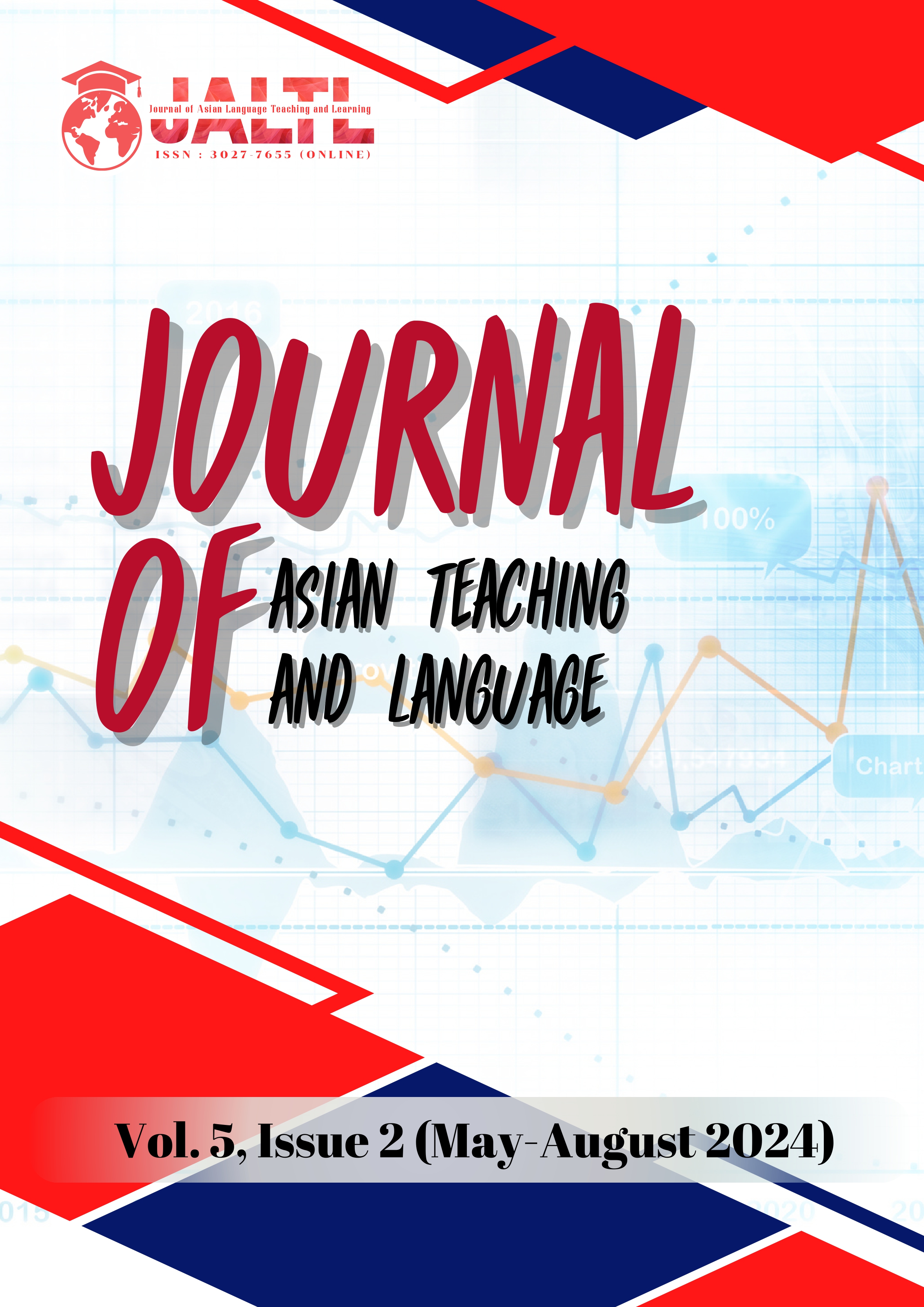An Analysis of Factors Having Impacts on Translation from the Thai Language (L1) to the English Language (L2) in the Group of First-Year Students Studying English for Communication Programme at Thaksin University
Main Article Content
Abstract
For the first-year students enrolled in the English for Communication Programme at Thaksin University, translating from Thai to English presents significant challenges in today's contexts. Most of the students frequently encounter various difficulties and obstacles in the translation processes. Consequently, this scholarly article investigates the translation challenges experienced by the first-year students studying English for Communication Programme at Thaksin University. The apparent objective of this academic article aims to analyze factors having impacts on translation from the Thai language (L1) to the English language (L2) in the group of first-year students studying English for Communication Programme. The academic article is composed of five sections: (1) an introduction; (2) an introduction to the Thai language (L1) and the English language (L2); (3) the differences and errors commonly found in syntax between the Thai language (L1) and the English language (L2); (4) translation problems and translation ambiguity; and (5) a conclusion. While translation problems are inevitable due to the complexities of Thai and English as well as cultural differences, they can be alleviated through skilled translation practices, technological advancements, cultural sensitivity, and effective collaboration between instructors and learners.
Article Details

This work is licensed under a Creative Commons Attribution-NonCommercial-NoDerivatives 4.0 International License.
References
Baker, M. (1992). In Other Words. New York: Clays Ltd., St Ives Plc.
Cúc, P. T. (2018). An analysis of translation errors: A case study of Vietnamese EFL students. International Journal of English Linguistics, 8(1), 22-29.
Eppert, F. (1983). Transfer and Translation in Language Learning and Teaching. Singapore: University Press.
Kitao, K. (2000). Why Do We Teach English?. Retrieved from http://iteslj.org/Articles/Kitao-WhyTeach.htmal
Lawan, W. (1998). Studying the Relation of English Translation Proficiency for the Third Year Students, English Major, Srinakharinwirot University(M.A. English). Bangkok: Srinakharinwirot University.
Lyons, J. (1995). Linguistic Semantics. New York: Cambridge University Press.
Munday, J. (2001). Introducing Translation Studies. London: Routledge.
Newmark, P. (1981). Approaches to Translation. Tehran: Rahnama.
Nida, E.A. (1964). Toward a Science of Translating: With a Special Reference to Principles and Procedures Involved in Bible Translating. Leiden: Brill.
Nida, E.A. and Taber, C.R. (1969). The Theory and Practise of Translation. Leiden: Brill.
Popscu, T. (2013). A Corpus-based Approach to Translation Error Analysis. Procedia – Social and Behavioural Sciences.
Prasitrattasin, A. (2002). The Differences between Thai and English Structures Affecting Translation. Ramkhamhaeng University Journal.
Saibua, S. (2007). Translation Principles. Bangkok: Thammasat University Press.
Wimolchalao, W. (1992). Translation Handbook. Bangkok: Chulalongkorn University.
Wongranu, P. (2017). Errors in translation made by English major students: A study on types and causes. Kasetsart Journal of Social Sciences, 38(2) 117-122.


